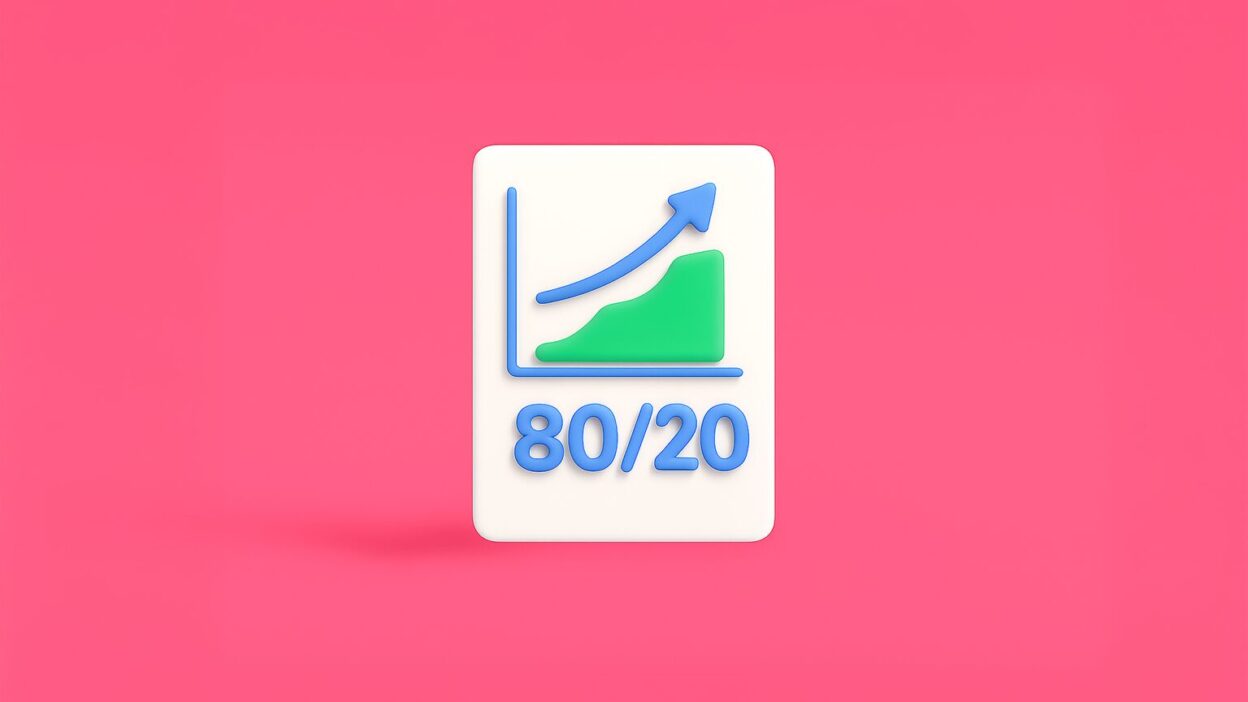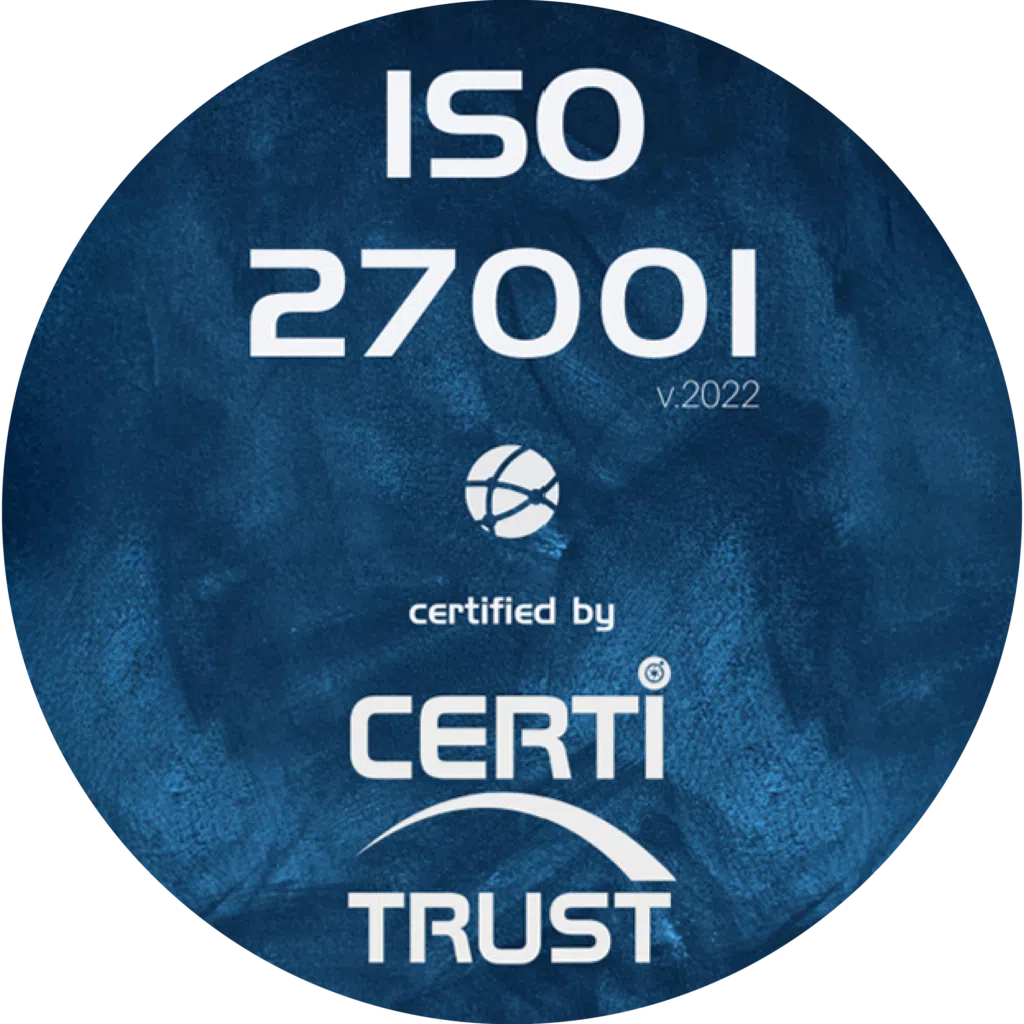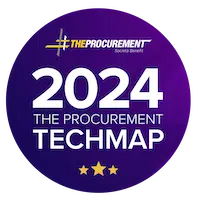In 1896, the economist Vilfredo Pareto formulated the Pareto principle, better known as the80/20 rule.
This principle states that for many events, and in all fields, around 80% of the results are caused by just 20% of the factors. Since then, it has been applied in various fields such as economics, business management, quality control and mathematics.
In each context, this principle highlights the fact that the majority of effects stem largely from a small minority of causes or contributors. Its usefulness in estimating results makes it a valuable tool for many industries seeking to optimise their efficiency.
This also applies to spend analysis and purchasing management. By focusing on the most expensive products and services, it is possible to achieve the best return on investment in terms of savings. Let’s take a closer look at how this approach works.
The Pareto principle, or 80/20 rule, establishes an essential link between causes and results, emphasising the importance of focusing on key elements to maximise benefits. It is a fundamental concept that continues to guide many optimisation strategies in the business world, including purchasing management.
The Pareto principle VS Pareto analysis
Pareto analysis and the Pareto principle are often confused and even used interchangeably, even though they are two distinct concepts. The Pareto principle, known as the 80/20 rule, is a heuristic that states that 80% of the results can be attributed to just 20% of the causes.
In purchasing, Pareto analysis is a method of evaluating data to study the impact of individual factors on a wider system. This approach allows factors to be ranked according to their influence on overall results or objectives, making it easier to identify the areas for improvement with the greatest effect.
In summary, the Pareto principle emphasises the importance of prioritising when seeking improvements, whilePareto analysis illustrates this approach through structured evaluation.
For corporate buyers, using Pareto analysis gives them the opportunity to examine various aspects of their business and adapt their strategy accordingly. By targeting the key elements that have the greatest impact, they can maximise their efficiency and success in purchasing management.


How does Pareto analysis work?
The fundamental principle of Pareto analysis lies in the classification of data into two distinct categories: “vital elements“, which generate most of the value, and “useful elements“, which produce little value.
To apply ABC analysis in the context of purchasing :
Class A purchases: These represent 80% of total purchasing costs and come from only 20% of suppliers.
Class B purchases: These represent 15% of the total cost of purchases and come from 30% of suppliers.
Class C purchases: These represent 5% of the total cost of purchases and are supplied by 50% of suppliers.
A concrete example would illustrate the relevance of the Pareto analysis.
If an organisation spends €100,000 on office supplies each year, and the analysis reveals that €80,000 of this sum is allocated to just 20% of suppliers, it becomes clear that these 20% of suppliers play a crucial role in achieving optimum value for money.
Similarly, if the spend analysis shows that only 10% of products generate 90% of the company’s profits, it would make sense toinvest more resources in highlighting and researching these lucrative products, while cutting back on other, less profitable products.
The advantages of Pareto analysis in purchasing are manifold for companies. This approachquickly identifies areas where savings can be made without compromising quality or value. In addition, it provides valuable insight into customer needs and preferences, enabling the offering to be adjusted accordingly.
Another significant advantage is that this method of analysis requires little effort and resources compared with other techniques, which explains its growing popularity among companies seeking to optimise their budgets.
In short, Pareto analysis applied to spend is proving to be a particularly powerful tool for optimising purchasing management processes, reducing costs and improving a company’s overall efficiency.
How does Pareto analysis strengthen your purchasing strategy?
By using Pareto analysis in conjunction with data processing tools such as purchasing management software, companies can gain valuable insights into their supply chain, enabling them to make effective decisions about which levers to use to reduce costs, while maintaining an impeccable quality of customer service.
By carefully monitoring and analysing spend trends over time using these techniques, businesses can gain a long-term head start on financial savings, while continuing to deliver exceptional value to their customers through overall efficiency improvements across their operations.
Want to learn more about our Weproc procurement management software?
Contact us or request your 15-minute demo below!








